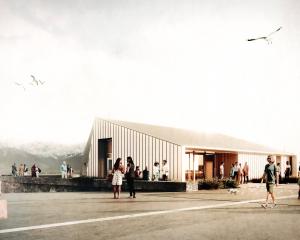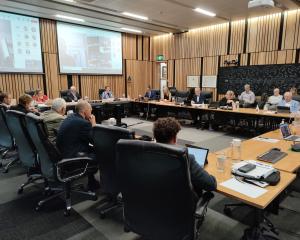
Department of Conservation monitoring team leader Megan Farley says in the 12 years she has been involved in monitoring the parakeet, it is the best result she has seen.
She says around 100 kakariki, many of them unbanded, were seen feasting on matagouri seeds during monitoring.
The number of unbanded birds indicates the parakeets have enjoyed a very successful breeding season.
It has been put down to the matagouri masting, and extensive predator control in the core breeding area. This included poison operations and intensive pest trapping.
The monitoring project has been running from August to May for about 15 years.
Many of those involved return each year after winter to monitor the parakeets.
The monitoring teams are made up of four full-time staff from the department, helped by volunteers.

The bird is nationally critical, with an estimated 300 to 500 surviving in the wild in the three valleys. There are now populations being established on predator-free islands as well.
The monitoring programme is augmented with an intensive predator control programme, with teams of four running tracking tunnels to determine predator numbers and servicing the stoat and rat traps.
The aim is to service each of the 4000 or so traps in the three sites each month.














